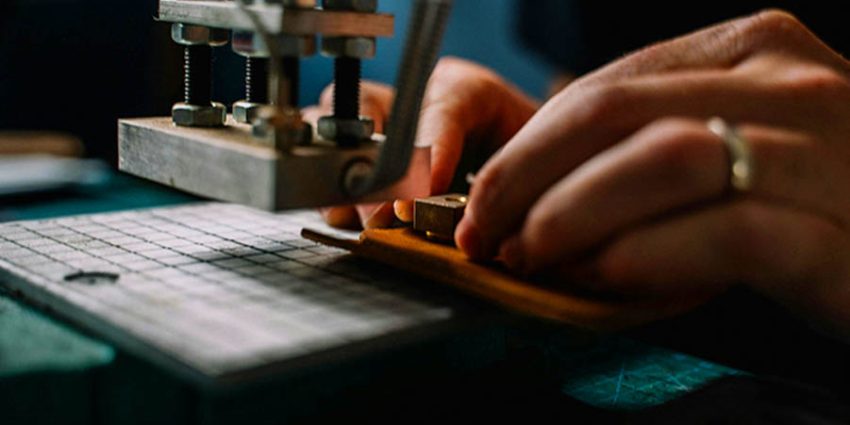Industrial tools are the unsung heroes of countless industries, powering everything from manufacturing to upholstery to leatherwork. But behind every precise cut, clean punch, or snug fit is something that often goes unnoticed: ergonomics.
The design of a tool isn’t just about its functionality—it’s about how it interacts with the human hand, body, and mind. Poorly designed tools lead to fatigue, injuries, and inefficiency, while ergonomic ones enhance productivity and comfort.
Enhancing Productivity with Comfort
Think about the last time you used a tool that felt awkward in your hand. Did it slow you down? Probably.
Ergonomics focuses on designing tools that fit the natural movements and grip of the human hand, minimizing strain and maximizing efficiency.
- Comfortable grips: Tools with cushioned, non-slip handles reduce hand fatigue during long work sessions.
- Natural alignment: Ergonomic tools follow the hand’s natural posture, preventing awkward wrist angles.
- Lightweight materials: Reducing weight means less effort, which translates to faster and more precise work.
When workers are comfortable, they can focus on the task, not the discomfort, leading to better results in less time.
Preventing Work-Related Injuries
Industrial tasks often involve repetitive motions, forceful exertions, and extended use of tools. Without ergonomic design, these factors can lead to conditions like:
- Carpal tunnel syndrome from improper grip or excessive vibration.
- Tendonitis caused by awkward wrist movements or repetitive actions.
- Muscle strain from tools that require excessive force.
Ergonomic tools reduce these risks by aligning with the body’s natural movements, spreading exertion evenly, and minimizing repetitive stress. The result? Healthier workers and fewer injuries.
Improving Precision and Control
Precision tasks demand steady hands, consistent pressure, and fine control. Poorly designed tools can be clunky, hard to manage, and prone to slipping, leading to errors and frustration.
Ergonomic tools, on the other hand, are:
- A well-balanced tool is easier to control, allowing for precise work.
- Handles that mold to the hand’s shape improve grip strength and dexterity.
- Features like adjustable tension or lightweight materials reduce the physical effort needed for accuracy.
With ergonomic tools, users achieve greater precision with less strain—a win for both quality and efficiency.
Boosting Morale and Job Satisfaction
Here’s something you might not expect: ergonomic tools contribute to job satisfaction.
Workers using tools that cause discomfort or pain often experience frustration and burnout. In contrast, ergonomic tools show that an employer values their well-being.
- Increased comfort = happier workers:
When tasks feel easier, work feels less like a chore.
- Fewer injuries = better morale:
A safe, injury-free workplace fosters a positive environment.
- Improved performance = pride in craftsmanship:
Workers using ergonomic tools can produce better results, giving them a sense of accomplishment.
Investing in ergonomics is investing in the people who use the tools—and that always pays off.
Conclusion
Industrial tool design is evolving, and ergonomics is at the forefront of this shift. By prioritizing the comfort, safety, and efficiency of the user, ergonomic tools bridge the gap between functionality and human well-being.
Whether you’re crafting fine upholstery, assembling precision parts, or tackling heavy-duty tasks, the tools in your hand matter. Choosing ergonomic designs isn’t just about comfort—it’s about empowering the worker, improving results, and creating a safer, more productive workplace.
Because when tools work with you—not against you—the possibilities are limitless. And that’s the power of ergonomics.

